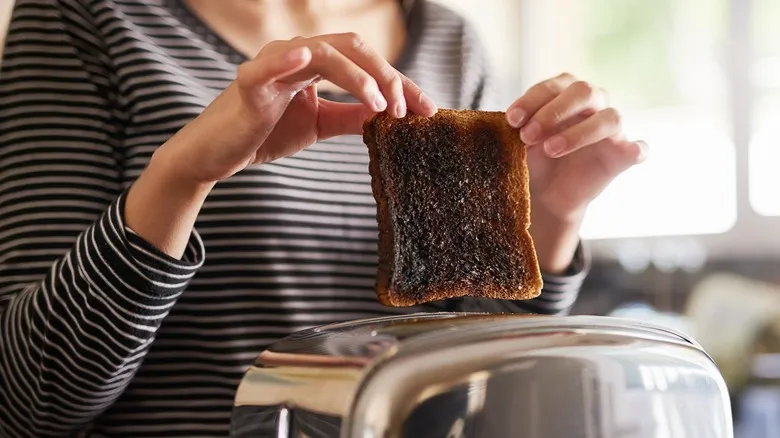Acrylamide and cancer: What the data say
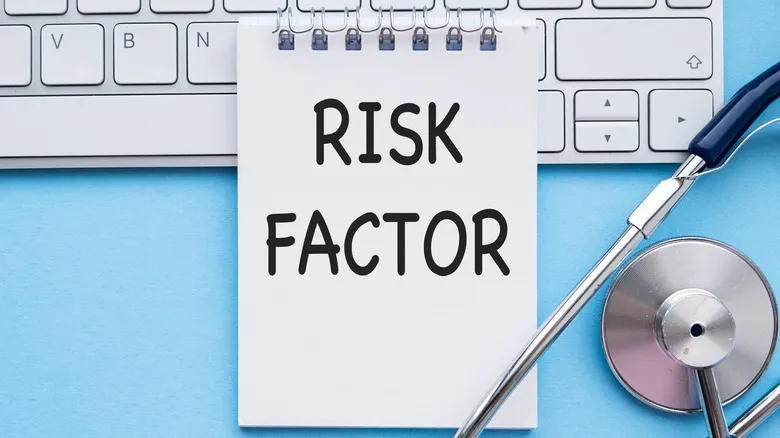
Nonetheless, the potential risk to humans remains unverified and necessitates additional investigation, as stated by various government and regulatory bodies in both the United States and the United Kingdom. Due to the correlation observed in studies involving laboratory animals, the International Agency for Research on Cancer categorizes acrylamide as a "probable human carcinogen," while the U.S. National Toxicology Program considers it "reasonably anticipated to be a human carcinogen," according to the American Cancer Society.
These conclusions have understandably generated significant discussion. However, the reality is that multiple studies involving humans have not consistently demonstrated a link between "dietary exposure" to acrylamide and cancer risk, as reported by the U.S. National Cancer Institute.
Taking into account all the available evidence, consuming foods that may contain high levels of acrylamide is primarily a matter of moderation, like many dietary concerns. "It's more important to focus on your overall dietary pattern rather than isolated foods," said chef and licensed dietitian-nutritionist Eva De Angelis in an interview with Eating Well. "As a general guideline, if you maintain a balanced diet rich in fiber, protein, and healthy fats while limiting processed and red meats, as well as foods high in sugar, fat, and salt, enjoying the occasional burnt food is perfectly fine."
Avoiding burning your food in the first place
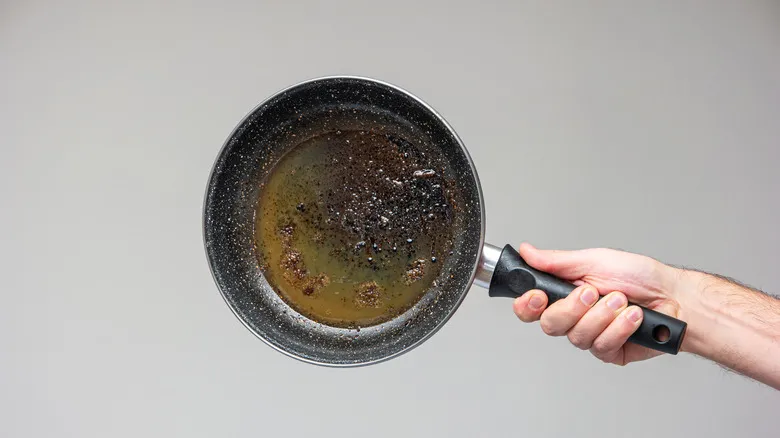
Certainly! Here’s a rewritten version of the text:
Naturally, it's advisable — for both your health and taste buds — to steer clear of burning bread or other foods from the outset. We all understand that food can burn when subjected to excessive heat for prolonged periods or at excessively high temperatures. While heat exposure is essential for properly cooking food, enhancing flavor, and achieving the desired color in items like meat, it's crucial to monitor it closely to avoid the unpleasant taste of bitter char.
It may seem straightforward, but it's important to always be mindful of cooking times and temperatures. Utilize timers and adjust heat levels to ensure that food is prepared at the appropriate temperature. Cooking at low heat and employing slow-cooking techniques, such as simmering or baking at lower temperatures, can help prevent burning.
Additionally, the type of cookware you use plays a significant role in preventing unintentional food burning. Different pans conduct heat in various ways, so cooking an egg in a non-stick pan versus a cast-iron skillet can lead to different outcomes. For foods that are prone to burning, like sauces or stir-fries, frequent stirring can help evenly distribute heat and prevent sticking.
Recommended

Does Brining Meat Make An Actual Difference?
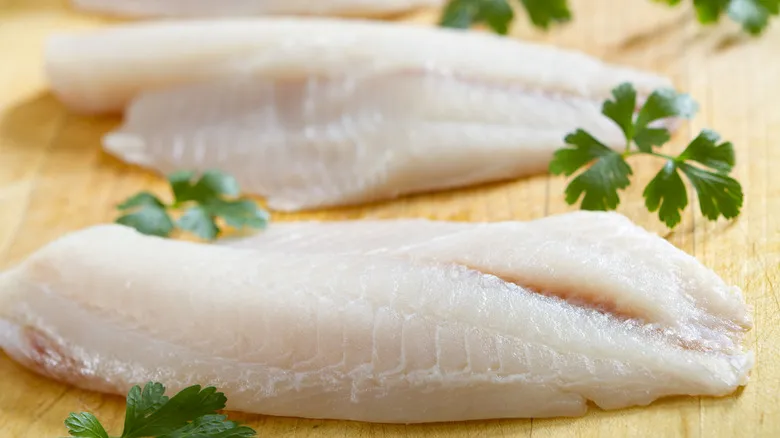
Is Tilapia Really A Garbage Fish?
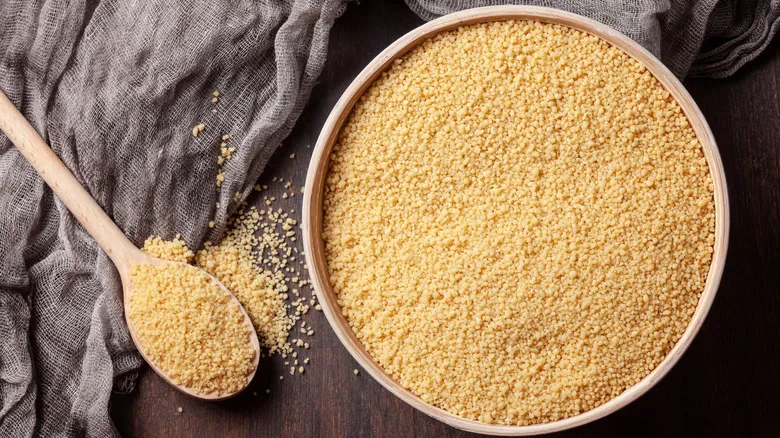
Why Couscous Doesn't Actually Count As A Grain

3 Misconceptions You Shouldn't Believe About The Labels On Your Bread
Next up

